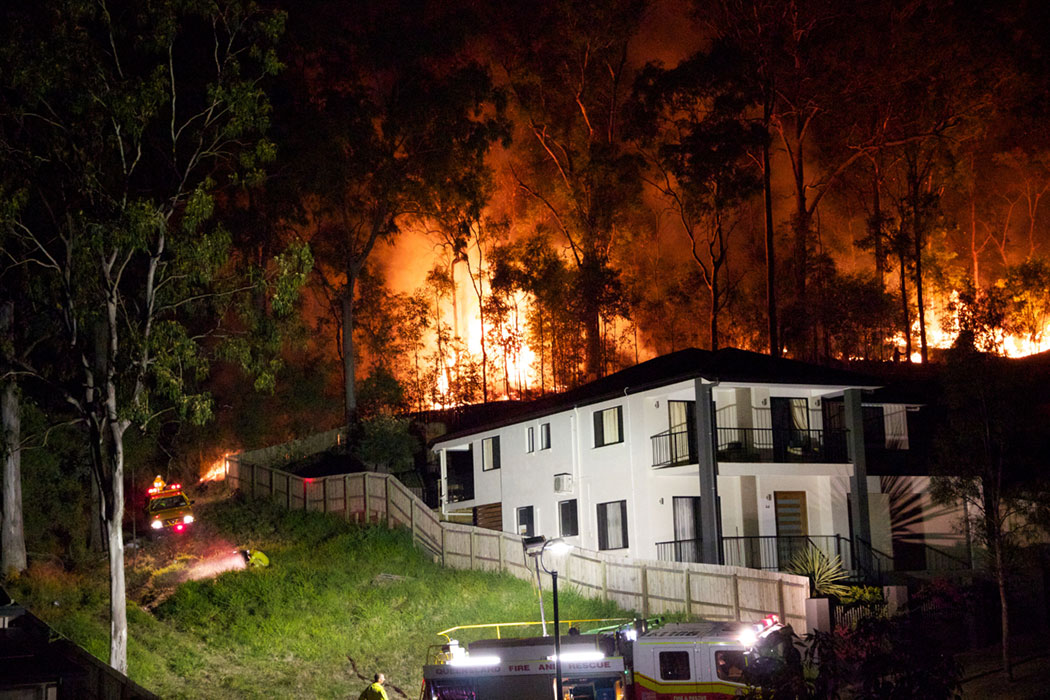How to survive a bushfire
Research has revealed some interesting information about how people lose their lives in Australian bushfires. The majority of people are killed when out in the open, with nearly three-quarters of these within 200 metres of their home. Around one-third of all bushfire deaths occurred within a house, and these mostly occurred on days with catastrophic (Code Red) fire conditions. More than 90 per cent of these deaths occurred in rooms that did not have a door leading outside.
The most important thing for people living in bushfire-prone areas to do is to construct a survival plan, and to practise it. The common advice from governments and fire authorities around the country is to be prepared and ready to either leave early, or stay and defend. ‘Prepare, Act, Survive’ is the nationally accepted mantra.
An understanding of the risks of staying to defend a home during a bushfire, or evacuating to a safe place, is essential. All agencies agree that if you choose to leave, you should leave early, usually the day before, or before 10 am on the day of risk. If you choose to stay, you must be both physically and mentally prepared. Check the information from the various state sources listed below to find out how best to prepare yourself or your property for the risk of bushfire.

In terms of protecting yourself, one of the most dangerous aspects of a bushfire is the radiant heat it releases. The most effective protection from radiant heat is enough distance, or a solid barrier like a wall or an embankment. Next best is covering up—putting on protective clothing like long pants and a shirt, or overalls made from natural fibres, not synthetics. The heavy suits firefighters wear are not simply a fashion statement. Even a wool or cotton blanket is better than no protection.
Other risks are dehydration, smoke inhalation and heat stroke, which can cause people to lose consciousness, or breathing in super-heated gases which can burn the respiratory tract. The fumes from burning materials, particularly houses or cars, can be toxic, and breathing them in can lead to disorientation or death. In many cases, the fumes are heavier than air so they sink to the lowest part of the landscape or building. This is one of the reasons why sheltering in a cellar or ‘bunker’ under a house is not recommended.





